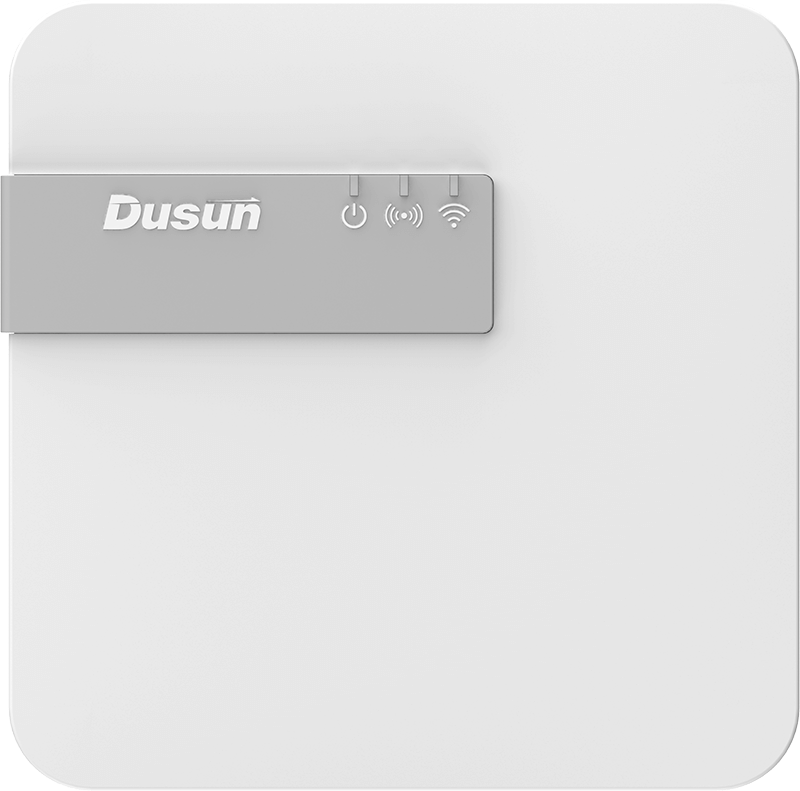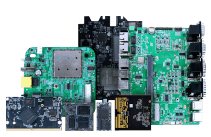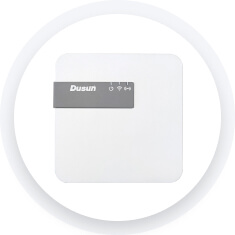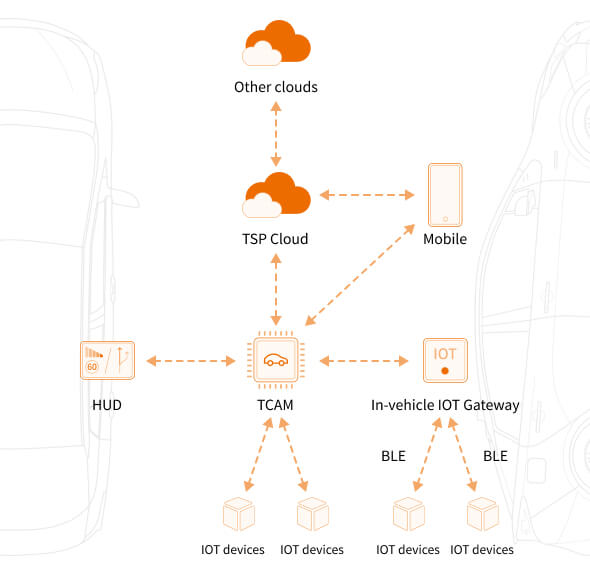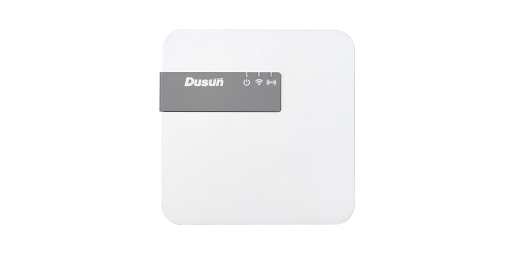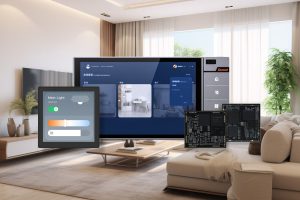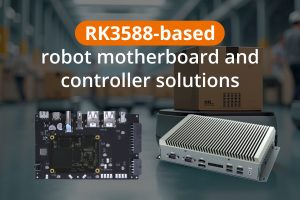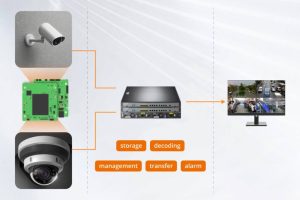In-vehicle IoT Industry Solutions
● Connect and control in-vehicle smart IoT devices to create a full ecosystem of people, cars and homes
● Wi-Fi, BLE protocol, in-vehicle IoT wireless device docking
● Compact appearance, hidden installation
● Vehicle specification gateway hardware customisation
